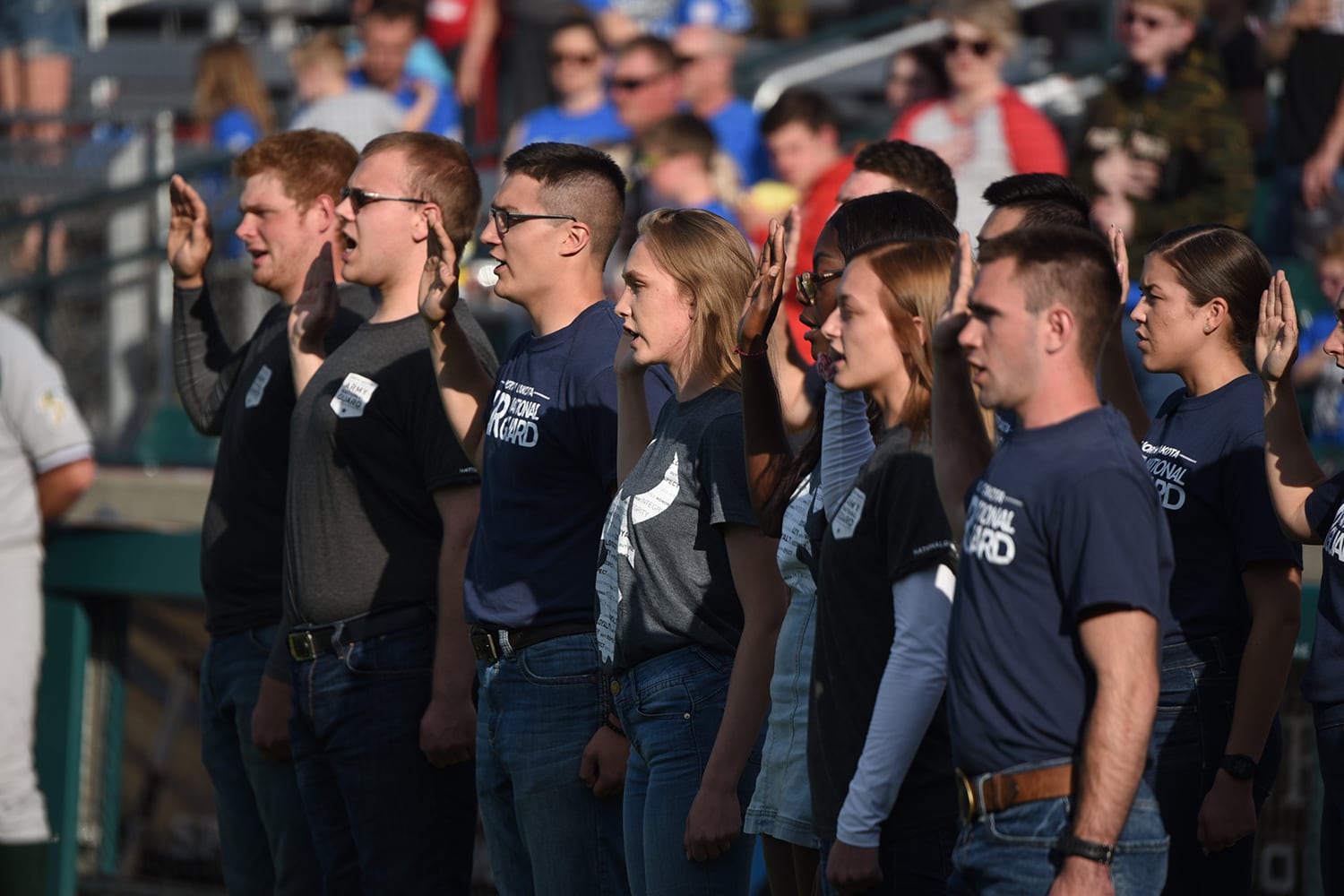There is no doubt that there is a serious problem in manning the American military. The problem is not the military’s. The problem belongs to the American people and Congress.
In 1973, the soon-to-be most disgraced president of the United States implemented the all-volunteer force (AVF) and did away with conscription — a political and social act to atone for the sins of the most unpopular war in our country’s history and an unfair military draft. So, today, 330 million Americans lay claim to rights, liberties, and privileges that not one of them is obligated to protect and defend. So, this task falls to a small portion of Americans, largely from the third and fourth socio-economic quintiles, to discharge on behalf of a nation of limited-liability patriots.
Maj. Gen. Malcom Frost, the former commander of the Army’s Initial Military Training Command, said that “the next existential threat we have…is the inability to man our military.”
Recruiting problems historically are most acute in the Army; it is the canary in the coal mine. Last year, the Army’s initial recruiting goal was 80,000 enlistees. Early in the year, that was reduced to 76,500. The Army ultimately enlisted 70,000, a shortfall of 7,600. Of the 70,000 recruited, 10 to 12 percent required waivers of existing “standards” and 1.9 percent were Category IV (CAT IV) recruits who scored between the 10th and 31st percentile on the Army’s aptitude test. A 2005 Rand Corp. study identified that CAT IV soldiers perform between 20.4 and 30.0 percent less effectively than higher scoring recruits. Thus, the Army had a quantity and a quality failure, despite offering unprecedented enlistment “bonuses” that are disproportionately attractive to the lower socio-economic classes. The other services are experiencing problems in specific functional areas: pilots, cyber warriors and special ops, as examples.
Over the past 18 years of “endless war,” the Pentagon has adopted numerous measures to prop up the AVF. These measures included: repeat deployments that violated long-standing dwell time policies; stop-loss, a “back door draft”; unprecedented enlistment and reenlistment bonuses; lowered enlistment standards; and the use of prescription psychotropic drugs to deal with service members’ emotional and psychological stress. We had too much war and not enough warriors, but the American people and Congress declined to consider conscription, leaving the problems to the Pentagon and the 1 percent of the population willing to serve in the military.
In addition to the measures noted above, numerous pundits, consultants, think tankers and military personnel professionals have recommended measures to enhance recruiting. The recommendations include increasing the number of recruiters (the Army already has approximately 9,000), increasing enlistment bonuses (already up to $40,000), expanded use of social media, increased access to high schools for recruiters, and direct commissions for technical specialists. All of these may help, but will not fix the problem as the pool of Americans qualifying for enlistment is declining from the current 30 percent, and the propensity to serve also is declining from the current 15 percent.
RELATED

One proposal that may do more harm than help is to enlist immature, non-deployable 16-year-olds into our military who are unlikely to succeed in basic training or make it through their initial term of enlistment. These are the 10th graders in your local high school. Perhaps Winston Churchill was right when he said that “Americans will always do the right thing, after exhausting every other alternative.”
A fair, efficient, sustainable, legal and proven alternative to fix the military recruiting problem is readily available: conscription using a lottery based system with no exemptions and no deferments.
Consider the arithmetic. Approximately 4 million Americans turn 18 each year, but only 30 percent of them can meet the minimum requirements for enlistment, leaving 1.2 million able to serve. The propensity (willingness) to serve is approximately 15 percent, leaving 1,020,000 able but unwilling to serve, and 180,000 able and willing to serve. Each year, the military must recruit about 150,000 enlistees. If conscription were implemented, many would still volunteer but it is reasonable to assume that a higher quality force could be generated from a pool of 1,020,000 than from a pool of 180,000. Standards could be raised, enlistment bonuses eliminated, and thousands of recruiters returned to combat units. Conscription would restore the military’s single greatest source of competitive advantage for high quality talent with civilian employers.
Statements of “existential threat” and alternatives such as recruiting 16-year-olds may be a clear indication that it is past time for a fact-based national dialogue as to whether the AVF is working and will work in the future based on fairness, efficiency and sustainability. This is an issue that impacts not only national security, but also the social fabric of our democracy.
The American people must address their problem.
Dennis Laich retired from the U.S. Army as a major general in 2006.



